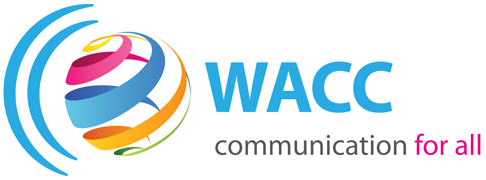Civic space enables civil society to play a role in political, economic and social life. When civic freedoms shrink, people are deterred from expressing themselves freely, from protesting publicly, and begin to self-censor. Together these factors erode democratic accountability.
Earlier in 2025, the Civicus Monitor Watchlist,...
Theresa Swinehart
When we think about the Internet, it’s easy to focus on what it delivers: instant communication, access to knowledge, or new ways to connect to each other, conduct business, build community, and drive innovation. Despite its wide-ranging impact on our day-to-day lives, we rarely...
Ralf Peter Reimann
Who owns the Internet? The answer is actually clear. The Internet Corporation for Assigned Names and Numbers (ICANN), which manages the global internet’s domain system, operates as a nonprofit public benefit corporation. No single country or company owns the internet. Instead, ICANN itself...
Aniruddha Jena and Sriyanka Sahoo
The 20-year review of the World Summit on the Information Society (WSIS+20) and the Global Digital Compact set out a simple test: the digital world should expand rights, dignity and opportunity, not narrow them. [1][2] In an eastern India state, Odisha,...
Kamal Sedra
In the early days of the Arab Spring, digital platforms lit up with the voices of citizens reclaiming their space in history. Mobile phones turned into tools of truth, livestreams outpaced official narratives, and hashtags transcended borders. It was the dawn of what many...
José Luis Aguirre Alvis
De la realidad del Sur a los debates globales del WSIS: el caso del Proyecto “Escuchar las Voces de la Amazonia: Comunicación Integral para Comunicadores Amazónicos” en Bolivia.
La WACC en su Convocatoria a Proyectos (2024-2025) incluyó en sus líneas de apoyo el...


